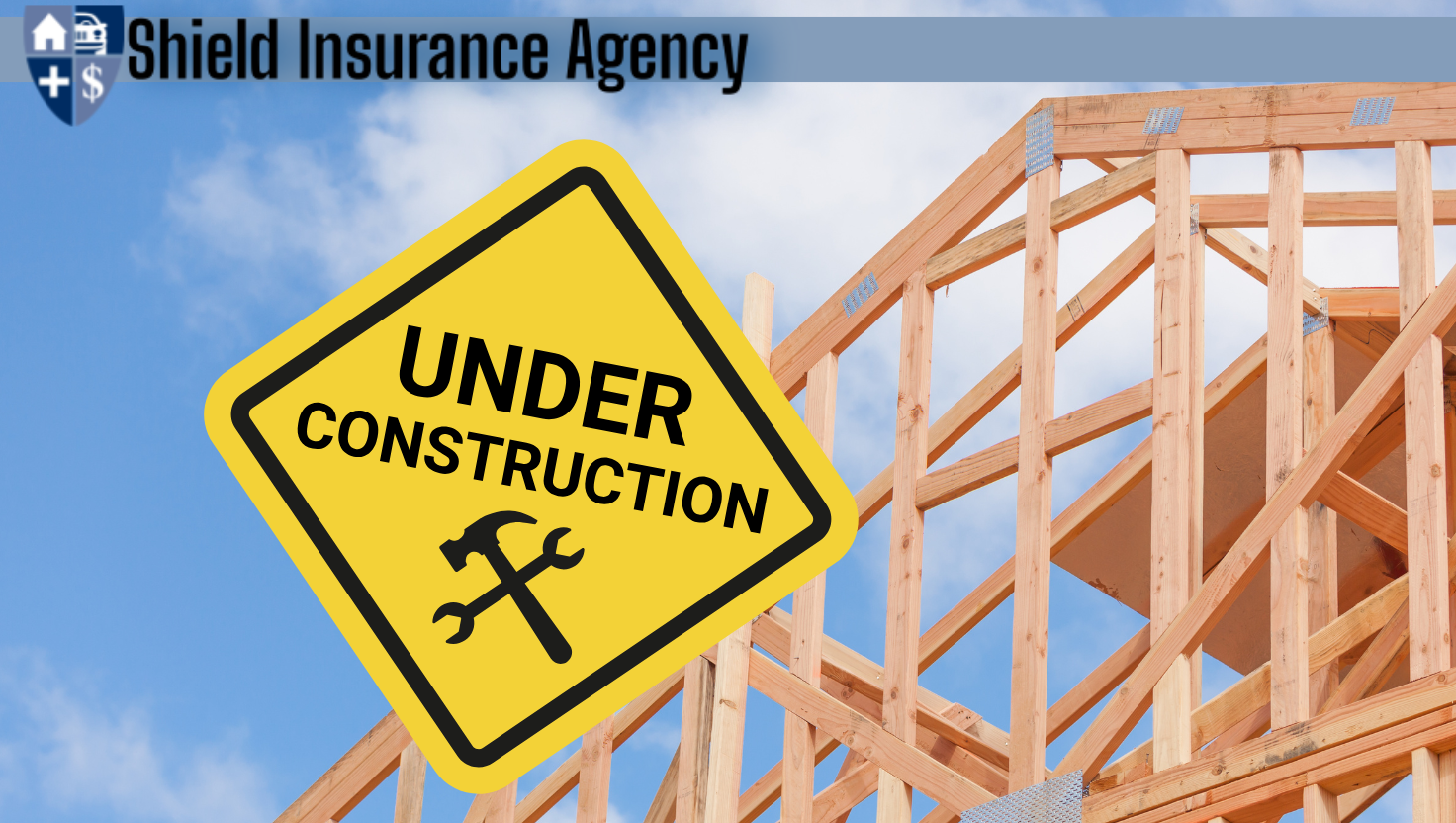By Consumer Reports | July 13, 2021 | Better Internet |
How to solve WiFi problems and trim your monthly bill. Plus, what CR is doing to get everyone faster, cheaper broadband.
Over the past 18 months, our home internet connections have helped us reach family, friends, and colleagues. They’ve been both practical tools and a needed source of entertainment during a difficult time.
That may be why 76 percent of Americans agree that internet service is as important as electricity or water, according to a February nationally representative Consumer Reports survey of 2,514 U.S. adults (PDF).
But using the internet at home can be frustrating, too, as many people confront dropped video-calls and sputtering movies—along with confusing bills and poor customer service. The good news is that some broadband problems are easy to fix. The following information can help you do that and maybe even help you save a bit of money.
To learn more about the issues that affect internet customers, Consumer Reports is launching a project called Broadband Together along with several other nonprofit organizations to collect and analyze tens of thousands of internet bills. You can read more about the project, and then consider joining the effort by taking an internet speed test, sharing a bill, and providing us with some basic information.
The information we gather will help us learn how much people are paying in neighborhoods across the country, whether they’re getting what they were promised, and whether prices are fair.
If the internet is glitchy in your home, the first step toward a solution is to pinpoint the problem. And it helps to understand how online material—be it a Netflix show, Zoom call, or social media post—gets to you.
As you can see in the illustration below, movies, email, and other data are funneled by internet service providers (ISPs) through a series of cables and wires to homes with wired service.
If something’s not working, the problem could lie outside your home and may require a call to the company to fix. Or the trouble could be with your home WiFi network, which distributes information wirelessly to your computers, TVs, and other devices.
Which is it? To figure that out, an easy first step is to test your internet speed.
How to get Better Internet
It’s useful to know how fast data moves into and out of your home. To find out, you can check your speed at Measurement Lab or Speedtest. With a click or two, you’ll learn your download speed (how fast data such as a movie streams into your home), and your upload speed (how fast data like your end of a Zoom call streams out). The numbers, measured in megabits per second (Mbps), will vary a bit each time. If possible, first run a test with a computer that’s physically plugged into your router using an Ethernet cord. The results may vary a bit each time you run the test. But if the speeds are consistently much slower than the maximum speeds promoted by the ISP for your plan, call the company. Then do the same test wirelessly (over WiFi) throughout the house. If it’s only the WiFi speeds that are slow, focus on your router to find a solution.
Is Your Service Level Fast Enough?
ISPs generally offer several plans, each promising a different range of speeds—the faster the connection, the more you pay. So which plan is right for you?
It depends on how many people you have at home and what they do online. You need only around 1 Mbps to listen to a Spotify song and 4 Mbps for a Zoom call—but 25 Mbps to watch a 4K movie on Netflix.
The numbers are cumulative. If two TVs are streaming 4K movies at the same time, that’s 50 Mbps.
Every ISP has its own tiers, but you can use the speed ranges below to see where you fit in. Many people may pay for more speed than they really need.
Up to 100 Mbps
This is plenty for two or three people with routine needs. That includes Zoom calls, high-definition movie viewing, and some online game play.
100 to 300 Mbps
These speeds should accommodate even a data-hogging family that plays several 4K movies and taxing online games all at the same time.
300-Plus Mbps
Few households need more than 300 Mbps. If you have internet problems, the solution is probably not to slap down the plastic for your ISP’s priciest superfast service.
Make Your WiFi for Better Internet
Click here for the rest of the story…
More great articles!




























































